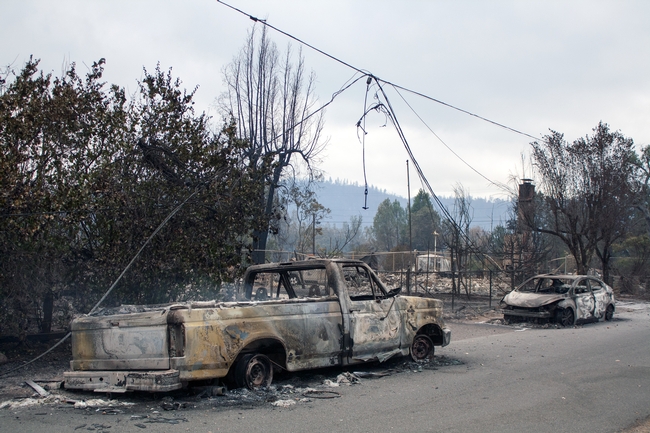
Climate change affects the severity of the fire season and the amount and type of vegetation on the land, which are major variables in predicting wildfires. However, humans contribute another set of factors that influence wildfires, including where structures are built, and the frequency and location of ignitions from a variety of sources — everything from cigarettes on the highway, to electrical poles that get blown down in Santa Ana winds. As a result of the near-saturation of the landscape, humans are currently responsible for igniting more than 90 percent of the wildfires in California.
“More and more researchers are arguing that anthropogenic influences are really important [to understanding wildfires],” Moritz said. “By leaving them out we're missing a critical piece of the solution.”
While the U.S. Forest Service spends more than $2.5 billion each year fighting fires, other public agencies are exacerbating the wildfire problem. Public funds from the Department of Housing and Urban Development, for example, are going into construction in fire-prone districts.
"It's already a huge problem from a public expenditure perspective for the whole country,” Moritz said. “We need to take a magnifying glass to that. Like, ‘Wait a minute, is this OK?' Do we want instead to redirect those funds to concentrate on lower-hazard parts of the landscape?”
He said human systems and landscapes they live on are linked, and the interactions go both ways. Failing to recognize that leads to "an overly simplified view of what the solutions might be. Our perception of the problem and perception of what the solution is [becomes] very limited."
